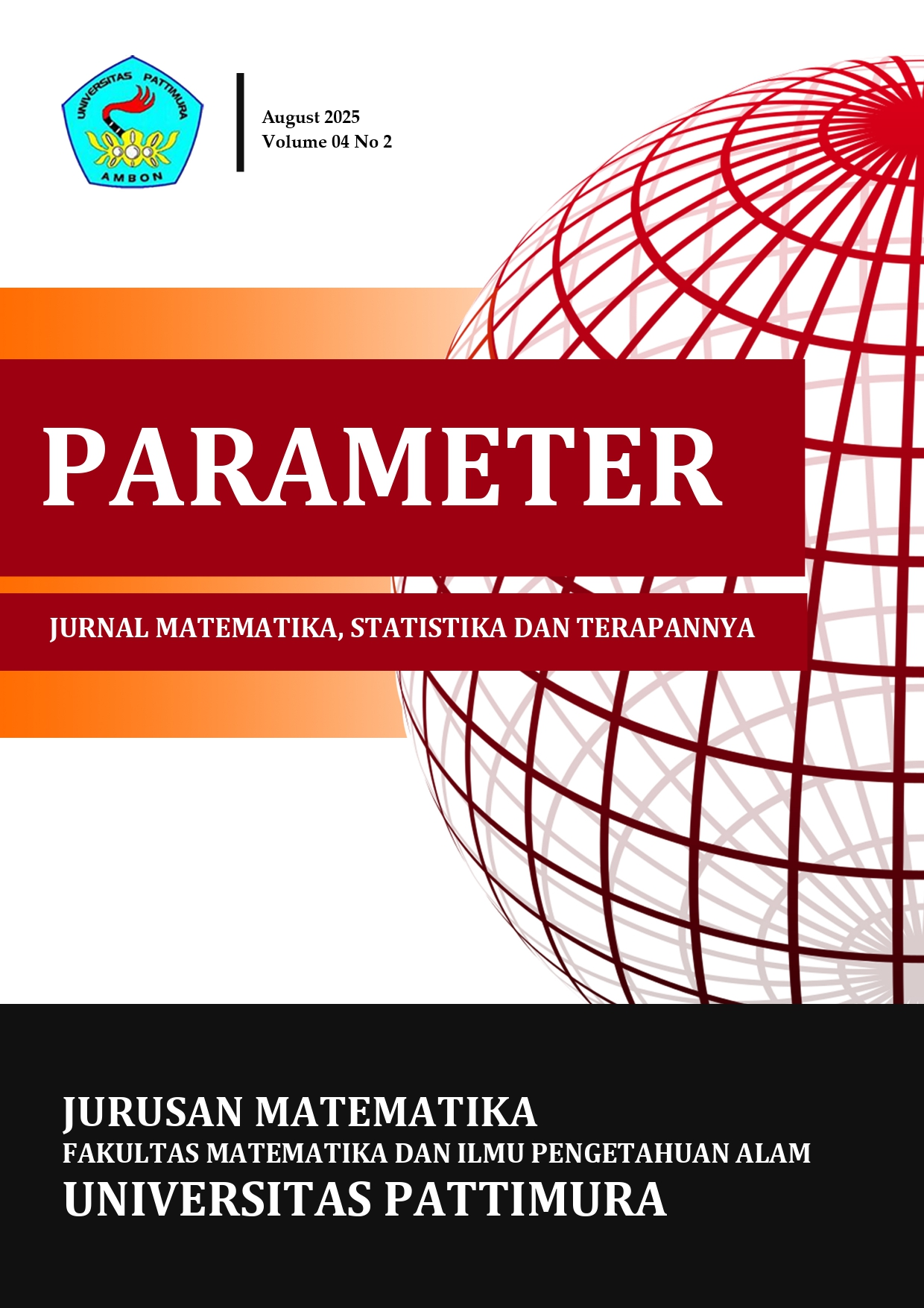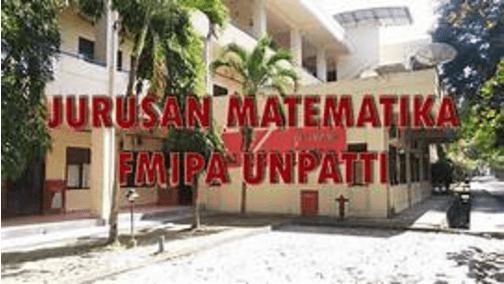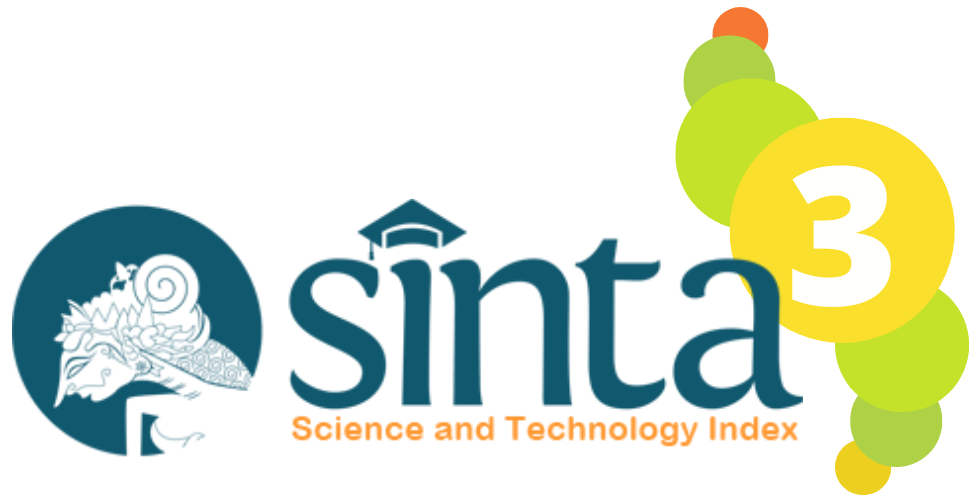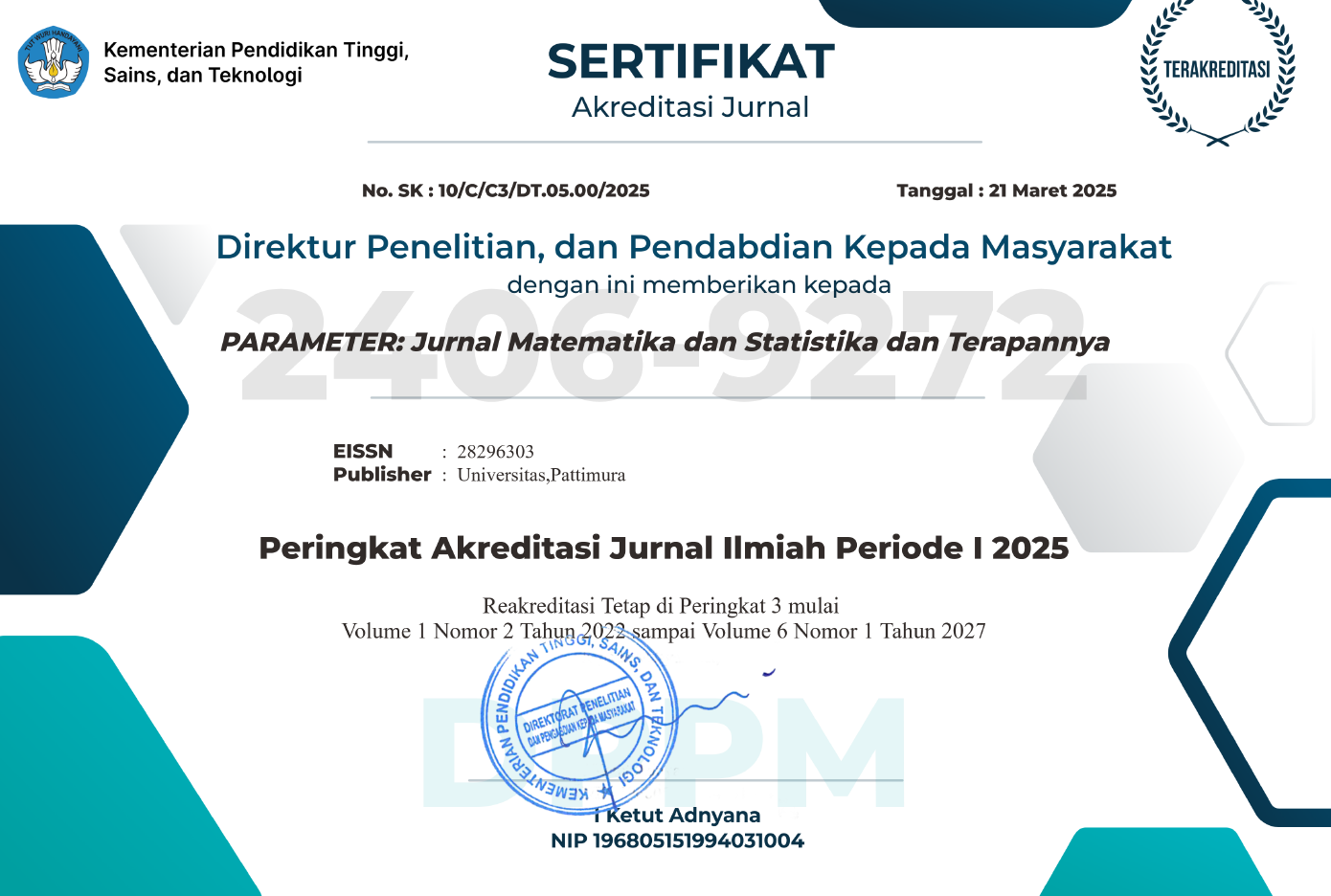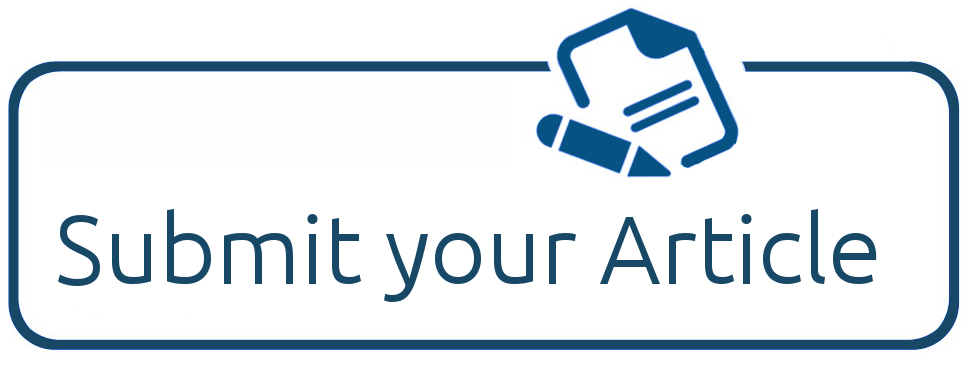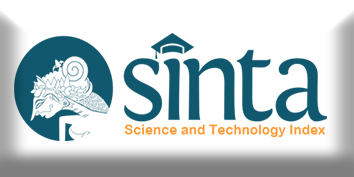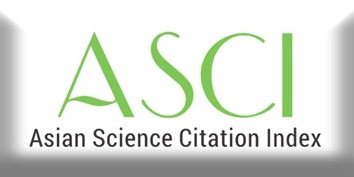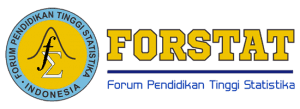Clustering of Water Quality Location Using Self Organizing Maps (SOM)
Abstract
A decline in the number of locations meeting drinking water quality standards was observed based on internal monitoring in 2021 and 2022. To address this, clustering was performed on water quality test locations using Self Organizing Maps (SOM). The analysis of data from 60 locations, considering turbidity, pH, iron, and nitrite parameters, indicated very good water quality. Outliers were detected before clustering, with the Ireng location being the most extreme, showing turbidity of 4.95 NTU and pH of 8.41, near specification limits. The clustering process removed one outlier, forming two clusters with a silhouette coefficient of 0.668. Multivariate normality tests showed the samples were not multivariate normal, leading to the use of Kruskal-Wallis testing. The results revealed significant differences between clusters 1 and 2, particularly in turbidity and iron levels. Cluster 2 had better water quality, with lower turbidity and iron content. Some locations in cluster 1 exceeded 1 NTU turbidity and had higher iron levels. The company should improve water quality monitoring and control at locations approaching specification limits.
Downloads
Copyright (c) 2025 Rahmatin Nur Amalia, M. Difa Farady, Diaz Fitra Aksioma, Muhammad Ahsan

This work is licensed under a Creative Commons Attribution-ShareAlike 4.0 International License.

